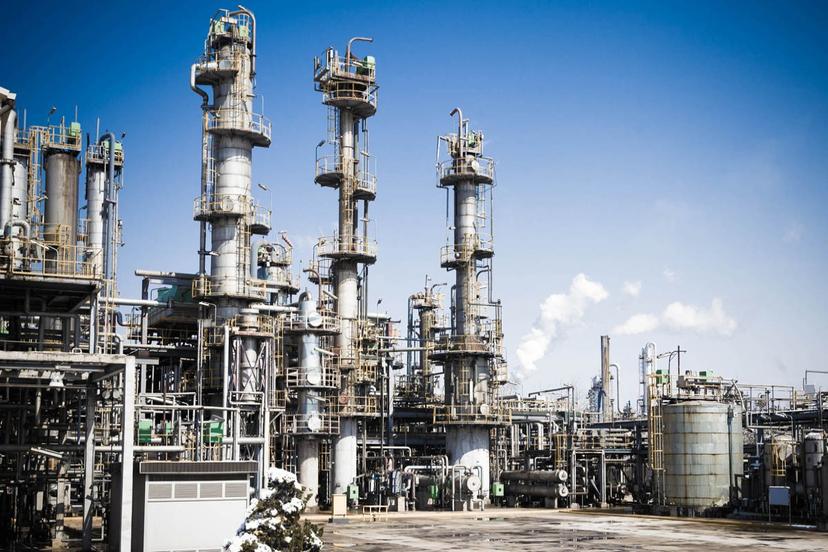Chemicals

Overview
The chemicals industry is one of the largest industries in the world, contributing $5.7 trillion to the world gross domestic product (GDP) and supporting about 120 million jobs, according to a 2019 report from the International Council of Chemical Associations. That year, the American Chemistry Council indicated that chemistry was a $553 billion business in the United States, creating 542,000 jobs and supporting more than 25 percent of the nation’s GDP.
The main goal of the industry is to develop, manufacture, and distribute chemicals for other manufacturers as well as consumers. Two clear sectors make up the chemical industry: organic and inorganic chemicals. These sectors refer to the types of raw materials that are used to create the chemical products. Organic chemicals are derived from fossil fuels and biomass materials, while inorganic chemicals are produced from combining elements and compounds. Examples of inorganic chemicals include sodium chloride, iron oxide, and hydrochloric acid. Both types of materials are sold as ingredients for other products or to consumers for specific uses. Other chemical products include plastic resins, dyes, and pigments. Chemical products are used in many common household products such as soaps, detergents, and cleaners.
Chemicals have been used for centuries for various uses, but widespread and large-scale production of chemicals began with alkalis and alkaline salts of potassium and sodium in the late 1700s. In 1872, the chemical industry was revolutionized by the introduction of a more efficient, less costly process for making alkalis, which also helped boost the industry's growth. Both World War I and World War II had significant impacts on the chemicals industry. During World War I and II, shortages of chemicals produced in Germany and natural rubber drove American chemical companies to create chemical products and synthetic rubber in the United States.
In the 2000s, the U.S. chemical industry worke...
